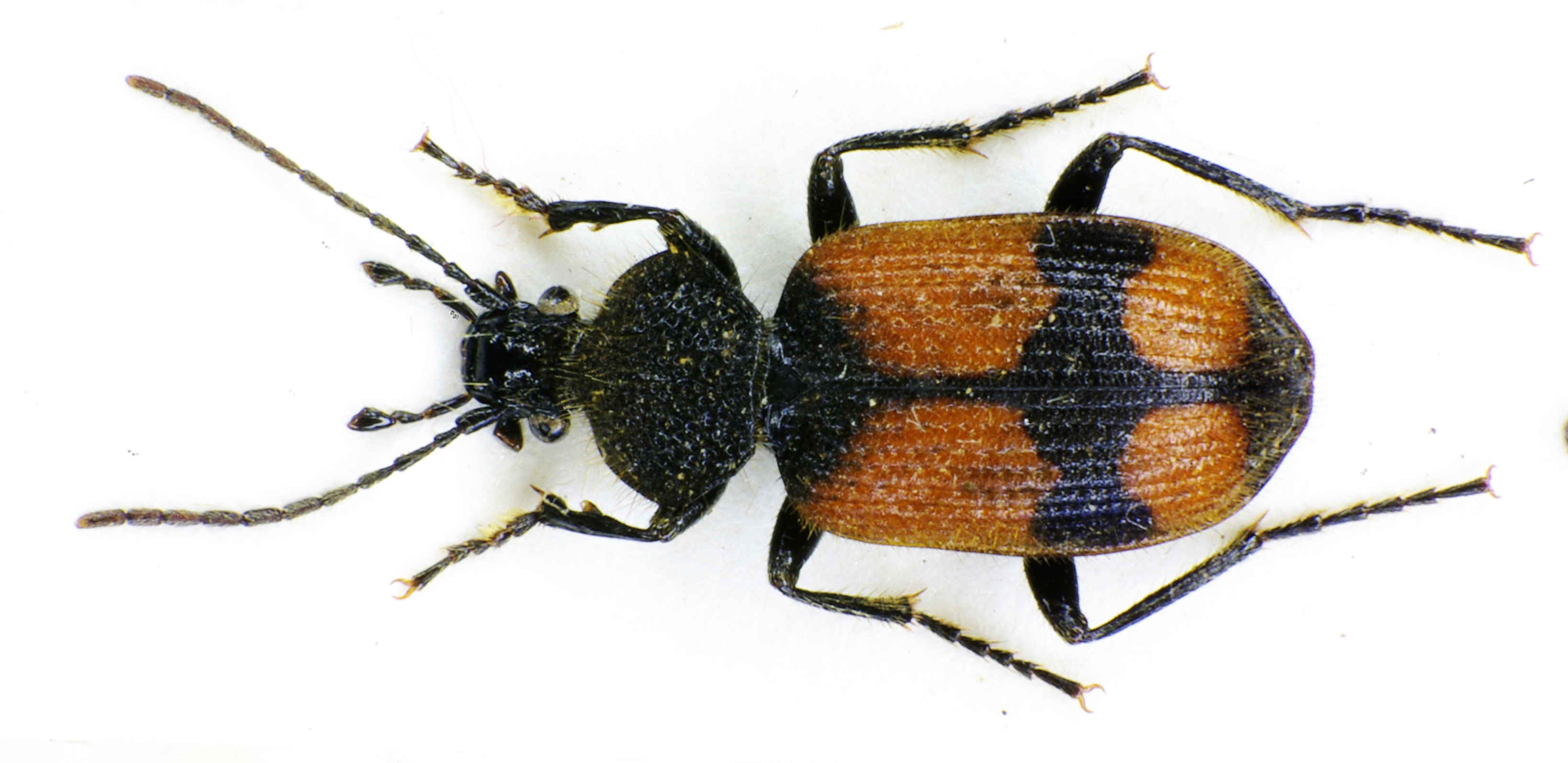|
Carabus Victor
''Carabus victor'', is a species of ground beetle in the large genus ''Carabus ''Carabus'' is a genus of beetles in the family Carabidae. The genus is highly diverse with 94 subgenera, over 900 species and 2300 subspecies, thus is the largest genus in the subfamily Carabinae. The vast majority are native to the Pa ...''. found in Bulgaria. References victor Insects described in 1836 {{Carabus-stub ... [...More Info...] [...Related Items...] OR: [Wikipedia] [Google] [Baidu] |
Ground Beetle
Ground beetles are a large, cosmopolitan distribution, cosmopolitan family (biology), family of beetles, the Carabidae, with more than 40,000 species worldwide, around 2,000 of which are found in North America and 2,700 in Europe. As of 2015, it is one of the 10 most species-rich animal families. They belong to the Adephaga. Members of the family are primarily Carnivore, carnivorous, but some members are Herbivore, herbivorous or Omnivore, omnivorous. Description and ecology Although their body shapes and coloring vary somewhat, most are shiny black or metallic and have ridged wing covers (elytra). The elytra are fused in some species, particularly the large Carabinae, rendering the beetles unable to fly. The species ''Mormolyce phyllodes'' is known as violin beetle due to their peculiarly shaped elytra. All carabids except the quite primitive flanged bombardier beetles (Paussinae) have a groove on their arthropod leg, fore leg tibiae bearing a comb of hairs used for cleaning the ... [...More Info...] [...Related Items...] OR: [Wikipedia] [Google] [Baidu] |
Carabus
''Carabus'' is a genus of beetles in the family Carabidae. The genus is highly diverse with 94 subgenera, over 900 species and 2300 subspecies, thus is the largest genus in the subfamily Carabinae. The vast majority are native to the Palearctic, but 16 Nearctic species are also known. ''Carabus'' species are long, and most species are wingless and often very colourful. These are nocturnal, predatory beetles that feed on snails, earthworms, and caterpillars. Most ''Carabus'' species were thought to have inhabited the Eurasian forest, but their low dispersal abilities altered the distribution of lineages within the genus. Diet Adult ''Carabus'' feed on both small live and dead animals such as slugs, snails, earthworms, and insects in all stages, sometimes dead vertebrates. The ways of feeding on snails are different for their adaptations, as macrocephalic beetles feed snails by crushing shells, and stenocephalic beetles feed snails by inserting the head into the shell. S ... [...More Info...] [...Related Items...] OR: [Wikipedia] [Google] [Baidu] |
Encyclopedia Of Life
The Encyclopedia of Life (EOL) is a free, online encyclopedia intended to document all of the 1.9 million living species known to science. It aggregates content to form "pages" for every known species. Content is compiled from existing trusted databases which are curated by experts and it calls on the assistance of non-experts throughout the world. It includes video, sound, images, graphics, information on characteristics, as well as text. In addition, the Encyclopedia incorporates species-related content from the Biodiversity Heritage Library, which digitizes millions of pages of printed literature from the world's major natural history libraries. The BHL digital content is indexed with the names of organisms using taxonomic indexing software developed by the Global Names project. The EOL project was initially backed by a US$50 million funding commitment, led by the MacArthur Foundation and the Sloan Foundation, who provided US$20 million and US$5 million, respectively. The add ... [...More Info...] [...Related Items...] OR: [Wikipedia] [Google] [Baidu] |
INaturalist
iNaturalist is an American 501(c)(3) nonprofit social network of naturalists, citizen scientists, and biologists built on the concept of mapping and sharing observations of biodiversity across the globe. iNaturalist may be accessed via its website or from its mobile applications. iNaturalist includes an automated species identification tool, and users further assist each other in identifying organisms from photographs and sound recordings. , iNaturalist users had contributed approximately 230,396,279 observations of plants, animals, fungi, and other organisms worldwide, and 290,007 users were active in the previous 30 days. iNaturalist serves as an important resource of open data for biodiversity Biodiversity is the variability of life, life on Earth. It can be measured on various levels. There is for example genetic variability, species diversity, ecosystem diversity and Phylogenetics, phylogenetic diversity. Diversity is not distribut ... research, Conservation biolog ... [...More Info...] [...Related Items...] OR: [Wikipedia] [Google] [Baidu] |


